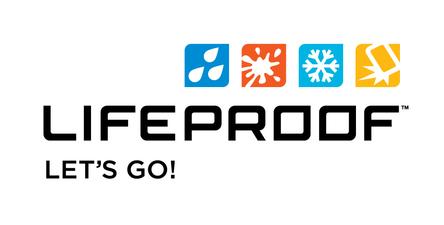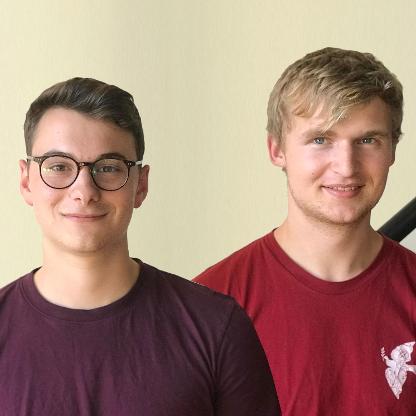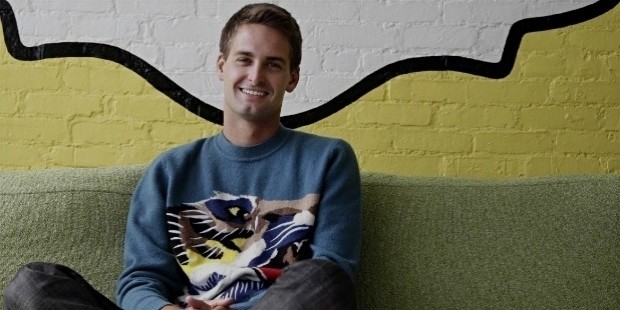In 1990, while working in Los Angeles as an entertainment and liability lawyer, Rocky Patel was introduced to cigars by a friend and that’s when his passion for cigars began. He went on to became one of the founding members of the Havana Cigar Club of LA, and six years later, in 1996, he invested in the Indian Tabac Cigar Co. At the 1996 RTDA trade show in Cincinnati, Ohio, the Indian Tabac Cigar Co. made it’s debut, and hundreds of people waited in line to try the new brand of cigars. The key to Patel’s early success was his bold, bright packaging in a tired, worn-out cigar industry that was in desperate need of fresh ideas and young innovators like Patel.
After seven years of working in the cigar industry, Rocky Patel grew his reputation and became one of the most respected and famous names in the cigar industry. In 2003, Rocky Patel renamed the Indian Cigar Co. as “Rocky Patel Premium Cigars” in order to capitalize on his increasingly popular brand name. Not only does Rocky Patel make world renowned cigar blends, but he is one of the hardest working people in business as he spends almost 300 days a year on the road building partnerships and promoting his brand. Through fresh innovation and hard work, Rocky Patel was able to modernize the cigar industry and he still remains one of the top five most popular cigar brands in the entire world.



 events. LifeProof’s popularity frightened its competitor OtterBox in 2011, shortly after their debut, a patent suit was filed by OtterBox against LifeProof; however, by 2013 LifeProof agreed to be acquired by OtterBox at an undisclosed price.
events. LifeProof’s popularity frightened its competitor OtterBox in 2011, shortly after their debut, a patent suit was filed by OtterBox against LifeProof; however, by 2013 LifeProof agreed to be acquired by OtterBox at an undisclosed price.














